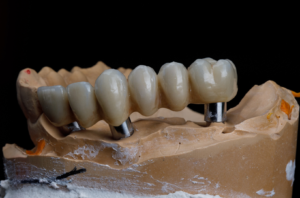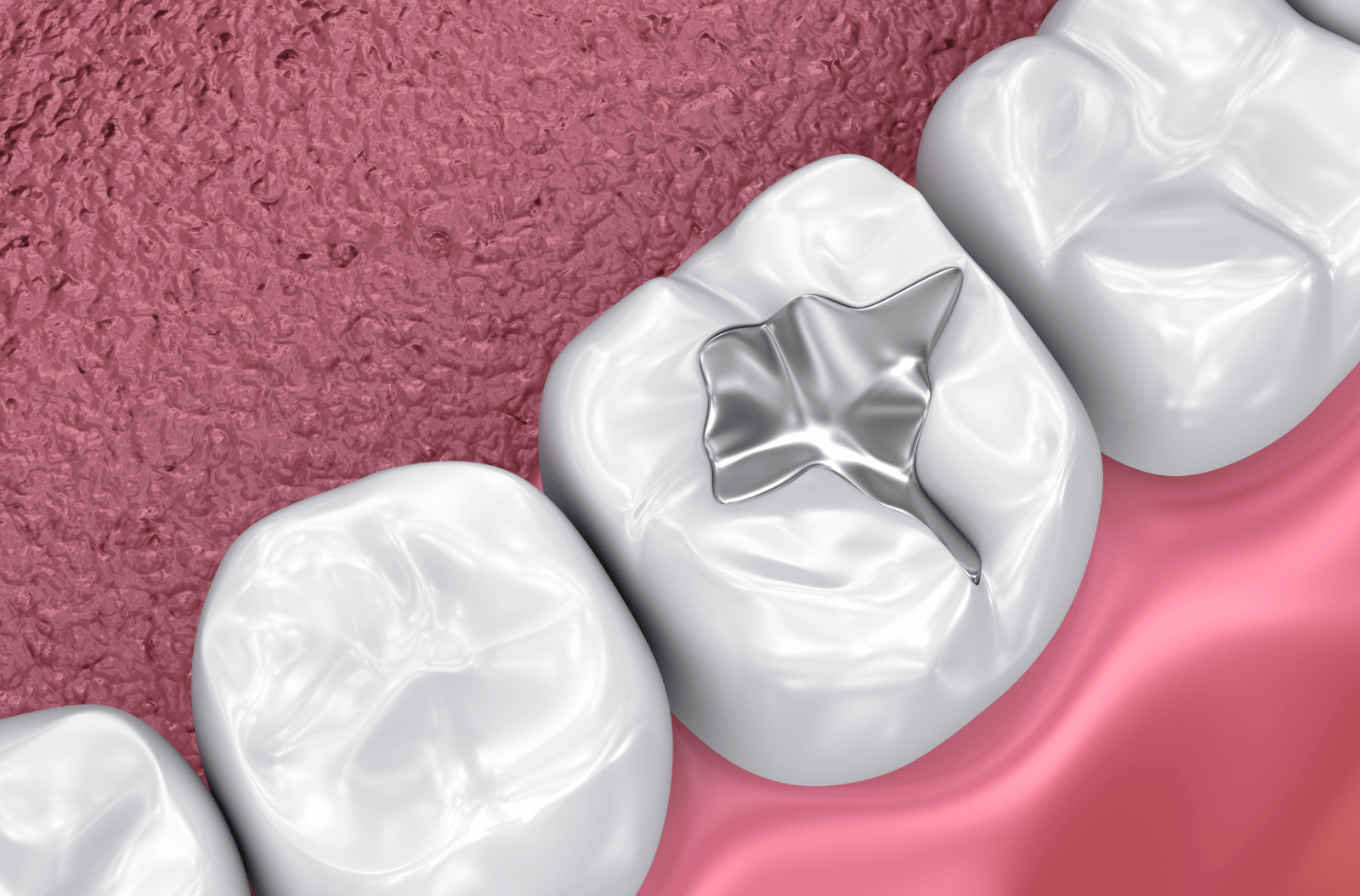When it comes to achieving a straight and beautiful smile, braces have long been a trusted solution. Whether you’re considering braces for yourself or a family member, it’s essential to gather all the necessary information and make an informed decision. Braces are a significant investment in your oral health and appearance, so it’s crucial to know what to expect. In this article, we’ll explore five essential things to keep in mind when considering braces.
1. Consultation with an Orthodontist
The first step in your journey to braces is a consultation with an orthodontist. This initial meeting is crucial, as it sets the foundation for your orthodontic treatment plan. During the consultation, the orthodontist will:
- Assess your oral health: The orthodontist will examine your teeth, gums, and bite to determine if braces are the right option for you. They will look for issues like overcrowding, misalignment, or bite problems.
- Discuss treatment options: Based on their assessment, the orthodontist will discuss the different treatment options available to you. Traditional braces, clear aligners, and other orthodontic appliances may be considered.
- Provide cost estimates: You’ll also receive a cost estimate for the treatment, which can vary based on the complexity of your case and the type of braces you choose.
It’s essential to ask questions during this consultation to fully understand your treatment plan and make an informed decision. Consider asking about treatment duration, potential discomfort, and maintenance requirements.
2. Choosing the Right Type of Braces
One notable progress in orthodontics is the wide range of brace options available today. Traditional metal braces are no longer the exclusive choice. Here are some well-received alternatives to contemplate:
- Metal Braces: These are the most traditional and recognizable braces. They are durable and highly effective, making them suitable for severe alignment issues. Modern metal braces are more comfortable and less conspicuous than in the past.
- Clear Braces: Clear braces, also known as ceramic braces, are less noticeable than metal braces. They work similarly but blend in better with your teeth. However, they may be more prone to staining, and they can be slightly more expensive.
- Invisible Aligners: Invisible aligners, such as Invisalign, have gained popularity in recent years. They are nearly invisible, removable, and comfortable to wear. However, they may not be suitable for complex cases, and compliance is essential for successful treatment.
- Lingual Braces: Lingual braces are attached to the back of your teeth, making them completely hidden from view. They are a discreet option but can be more challenging to clean and adjust.
Your choice of braces should align with your treatment needs, lifestyle, and personal preferences. Discuss these options with your orthodontist to determine which is best for you.
3. Understanding Treatment Duration
The duration of orthodontic treatment can vary widely from person to person. Factors that influence treatment duration include the severity of your alignment issues, the type of braces you choose, and your adherence to the orthodontist’s instructions.
On average, traditional metal braces are worn for approximately 18 to 24 months, but this can be longer or shorter depending on your specific case. Clear braces and invisible aligners may have a similar treatment duration. It’s crucial to have realistic expectations and understand that orthodontic treatment is a gradual process that requires patience.
During your treatment, you will visit your orthodontist regularly for adjustments and progress assessments. Following their guidance and maintaining good oral hygiene practices will help ensure a successful and timely outcome.
4. Managing Discomfort and Maintenance
Braces, regardless of the type, can cause some discomfort, particularly in the initial days after adjustment appointments. This discomfort is usually manageable with over-the-counter pain relievers and orthodontic wax to prevent irritation from braces components.
It’s essential to uphold excellent oral hygiene while wearing braces. Food particles can readily become trapped in the brackets and wires, heightening the potential for tooth decay and gum issues. Consistently brushing, flossing, and using tools like an interdental brush or water flosser can effectively maintain the cleanliness of both your teeth and braces. Be sure to follow the specific care instructions provided by your orthodontist throughout your treatment.
5. Financial Considerations and Insurance
Orthodontic treatment can be a significant financial investment, so it’s essential to plan accordingly. Here are some key financial considerations:
- Treatment Expenses: The expenses associated with braces can fluctuate significantly, influenced by factors like the type of braces, the duration of treatment, and your geographical location. It’s crucial to seek a comprehensive cost estimate during your initial consultation.
- Insurance Coverage: Check with your dental insurance provider to see if orthodontic treatment is covered under your plan. Some plans offer partial coverage for braces, while others may cover a portion of the expenses.
- Flexible Spending Accounts (FSAs) and Health Savings Accounts (HSAs): These tax-advantaged accounts can be used to pay for orthodontic treatment. Be sure to explore this option if you have an FSA or HSA.
- Payment Plans: Many orthodontic offices offer flexible payment plans to help you manage the cost of treatment. Discuss payment options with your orthodontist to find a plan that works for your budget.
Conclusion
Braces can be a life-changing investment in your oral health and self-confidence. Before embarking on this orthodontic journey, it’s crucial to consult with an orthodontist, choose the right type of braces, understand the treatment duration, prepare for maintenance and potential discomfort, and consider the financial aspects of treatment. By keeping these five essential factors in mind, you’ll be well-prepared for your braces experience and on your way to achieving the beautiful smile you’ve always desired. Remember that your orthodontist is your partner throughout this process, so don’t hesitate to ask questions and seek guidance at every step.
FAQs
What is the first step in getting braces?
The first step in getting braces is to schedule a consultation with an orthodontist. During this appointment, the orthodontist will assess your oral health, discuss treatment options, and provide cost estimates.
How do I choose the right type of braces for me?
The choice of braces depends on your specific needs, lifestyle, and preferences. Discuss the available options, such as metal braces, clear braces, invisible aligners, and lingual braces, with your orthodontist to determine which is the best fit for you.
How long does orthodontic treatment with braces typically last?
The duration of orthodontic treatment can vary, but on average, it lasts between 18 to 24 months. However, the exact timeline depends on the complexity of your case and the type of braces you choose.
Are braces painful, and how can I manage discomfort?
Braces can cause some discomfort, especially after adjustments. Over-the-counter pain relievers can help alleviate this discomfort. Orthodontic wax can be used to prevent irritation from braces components.
How do I take care of my teeth and braces during treatment?
Good oral hygiene is crucial when you have braces. Brush your teeth regularly, floss diligently, and consider using an interdental brush or water flosser to clean around the brackets and wires. Your orthodontist will provide specific instructions for care.
What are the financial considerations when getting braces?
The cost of braces can vary, so it’s essential to obtain a detailed cost estimate during your consultation. Check if your dental insurance covers orthodontic treatment and explore options like flexible spending accounts (FSAs) or health savings accounts (HSAs). Many orthodontic offices also offer payment plans.
Is orthodontic treatment covered by dental insurance?
Some dental insurance plans offer partial coverage for orthodontic treatment, while others may cover a portion of the expenses. It’s important to check with your insurance provider to understand your coverage.
Can I use flexible spending accounts (FSAs) or health savings accounts (HSAs) to pay for braces?
Yes, FSAs and HSAs are often eligible for orthodontic treatment expenses. You can use these tax-advantaged accounts to help manage the cost of braces.
What should I expect during orthodontic treatment with braces?
During treatment, you will visit your orthodontist regularly for adjustments and progress assessments. You should also expect dietary restrictions on sticky or hard foods to prevent damage to your braces.
What if I have questions or concerns during my braces treatment?
Your orthodontist is your primary resource for any questions or concerns you may have during your treatment. Don’t hesitate to reach out to them for guidance and clarification at any stage of your orthodontic journey.








